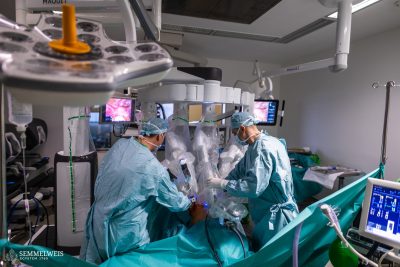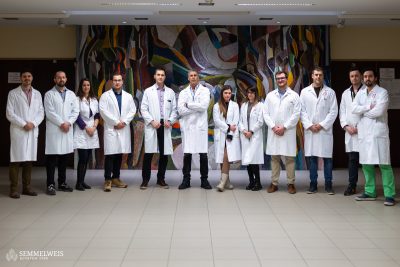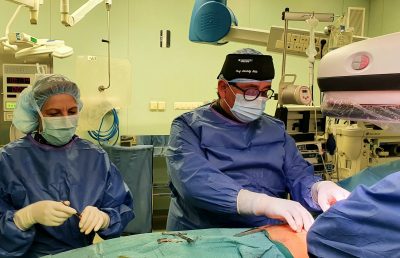Hungary’s first inpatient unit of rare diseases was opened at Semmelweis University’s Department of Genomic Medicine and Rare Disorders. In her speech at the opening ceremony Dr. Mária Judit Molnár, director of the Department said that the university’s portfolio of treating patients with rare diseases has become complete. Besides the diagnostics and treatment of outpatients there are 15 state funded and 5 self financing beds available for patients coming from all around Hungary. The rooms are located on the 2nd floor of the Department and can host up to 3 patients.
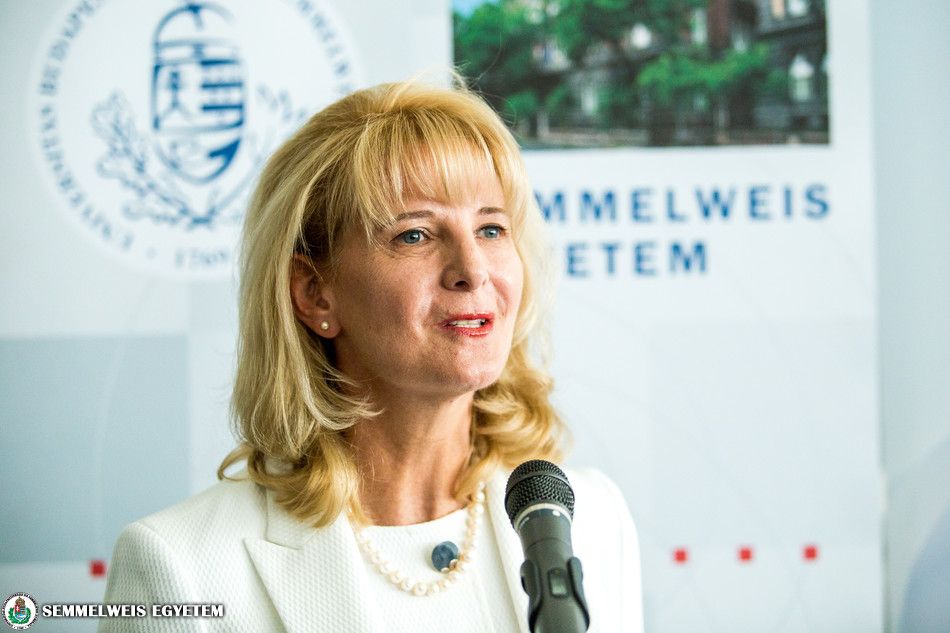 “There are more than 7 000 rare disorders known and 800 000 Hungarian patients affected. Thanks to the evolution of molecular technologies, more and more diseases can be identified. 80 percent of the diseases are genetically determined and 70 percent of them are syndromes of the deficiency of the peripheral nervous system.”, Dr. Mária Judit Molnár said.
“There are more than 7 000 rare disorders known and 800 000 Hungarian patients affected. Thanks to the evolution of molecular technologies, more and more diseases can be identified. 80 percent of the diseases are genetically determined and 70 percent of them are syndromes of the deficiency of the peripheral nervous system.”, Dr. Mária Judit Molnár said.
The Department has been a centre of expertise since 2015 when the idea to establish a centrailsed inpatient unit was also formulated. Rare diseases can only be treated cost-efficiently and successfully in a centralised way, this is why the Department is an outstanding centre for treatment in the region as it receives patients not only from Hungary but from the neighbouring countries as well.
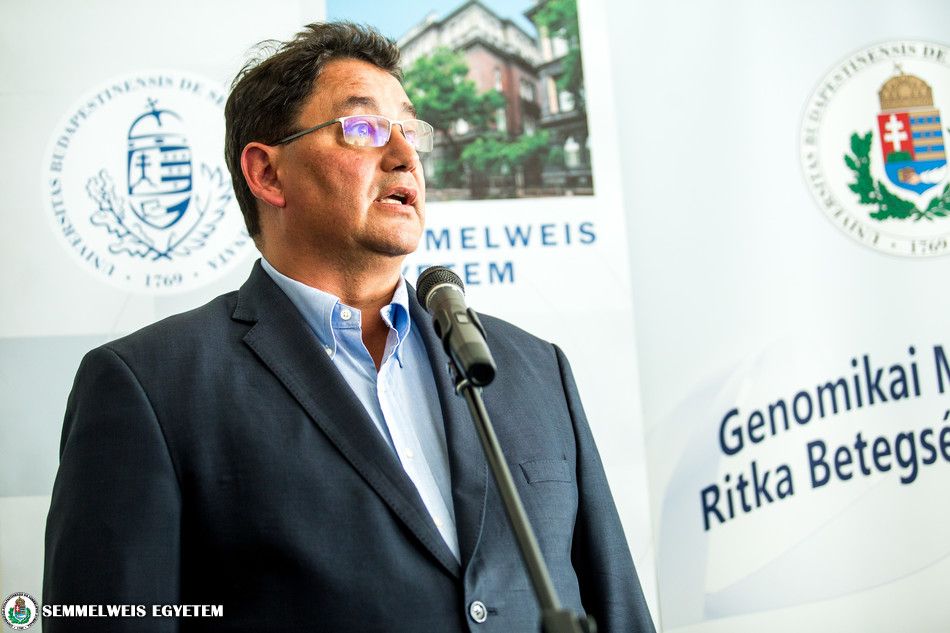 Dr. Béla Merkely, President of the Clinical Centre and Vice-Rector for Clinical Affairs said that rare disorders appear in all branches of medicine, therefore the treatment of such patients should be based on consultation and integrative approach.
Dr. Béla Merkely, President of the Clinical Centre and Vice-Rector for Clinical Affairs said that rare disorders appear in all branches of medicine, therefore the treatment of such patients should be based on consultation and integrative approach.
“Besides the inpatient unit playing an important role in patient care, it will become a point of reference as a centre of consultation because a team of professionals will gather a knowledge pool that can encompass the treatment of rare disorders in all disciplines.”, he said.
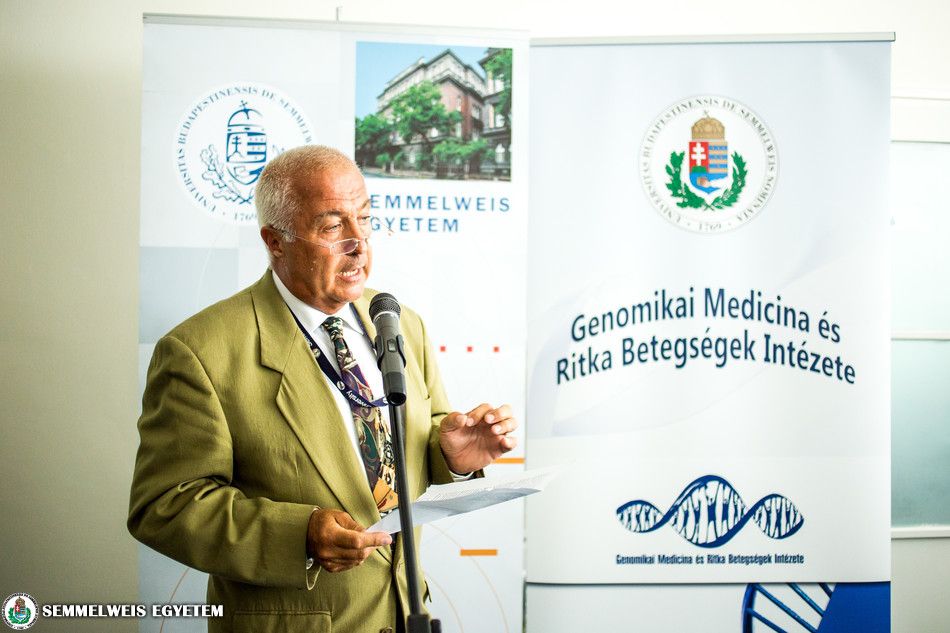 Dr. Károly Szász, Chancellor pointed out how considerable and crucial the diagnostics and the treatment of rare disorders in the 21st century are.
Dr. Károly Szász, Chancellor pointed out how considerable and crucial the diagnostics and the treatment of rare disorders in the 21st century are.
“The development of science and the improvement of procedures enable us to diagnose diseases that were unknown a few years ago. However, financial questions need to be considered as well, which can be best managed with a centralised operational model.”, he said.
The university joined the European Reference Network (ERN) in 2017 which gives provides a platform for international consultation related to different cases of rare disorders.
“By being a member of the ERN the university provides the same patient safety standards as other European patient care units but service is available for anyone even for those not being part of the network.”, Dr. Mária Judit Molnár said.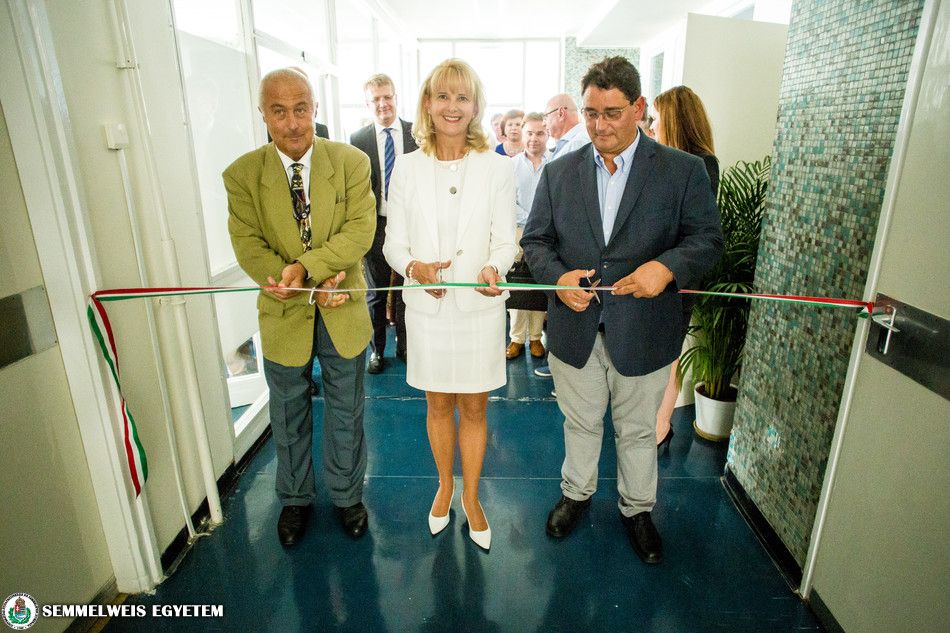
The opening ceremony were attended by Dr. Holm Graessner, ERN network coordinator for rare neurological diseases and Dr. Gábor Pogány, President of the National Association of Patients Affected by Rare and Hereditary Disorders.
Tímea Kele
Photo: Rudolf Karancsi
Translation: Ágnes Raubinek
